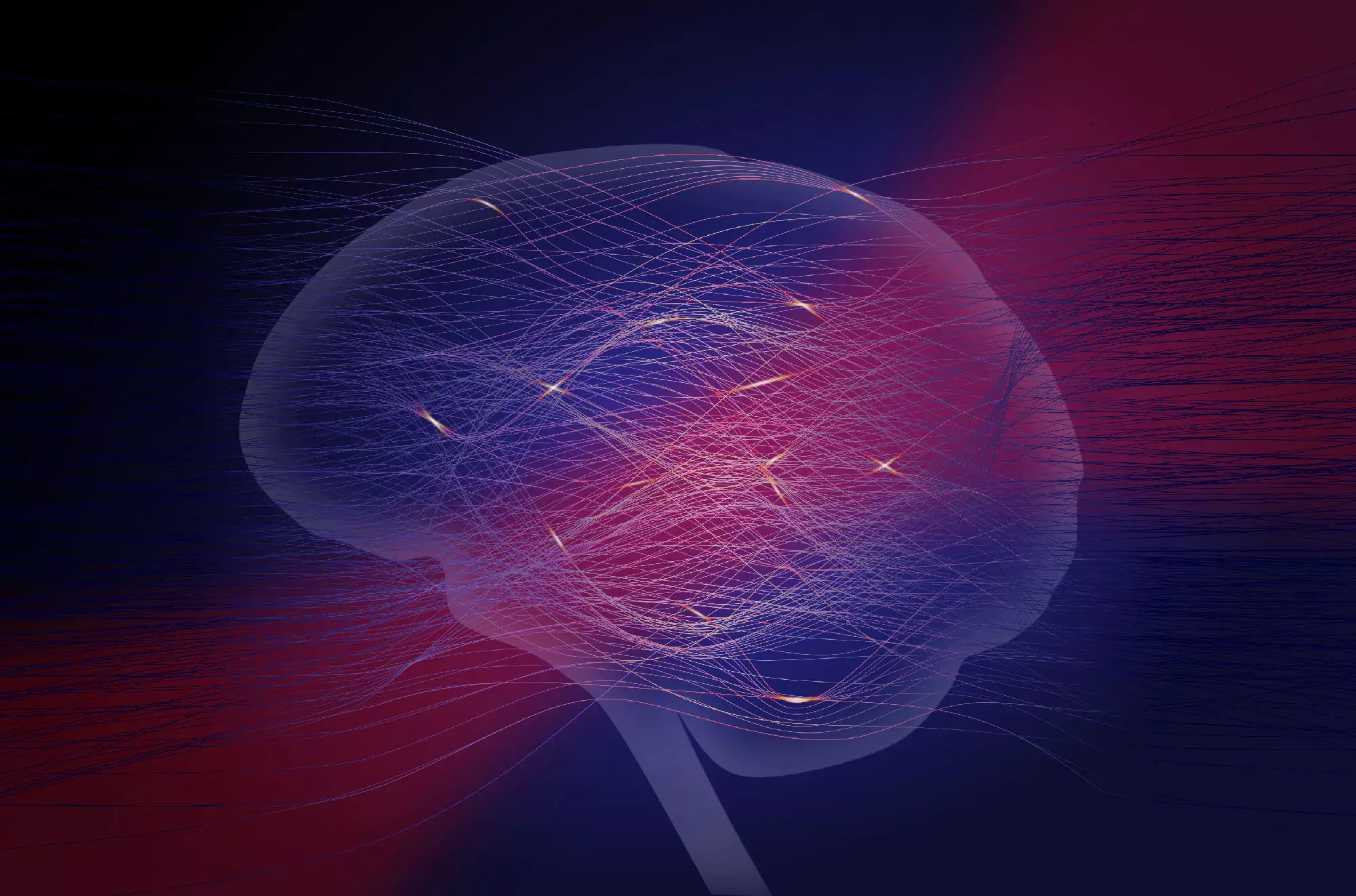Machine learning and artificial intelligence have seen a tremendous growth in recent years, with applications expanding into various fields such as computer vision and natural language processing. However, the increasing complexity of tasks has led to the development of neural networks with billions of parameters, resulting in a spike in energy consumption and training times. This unsustainable trend has pushed researchers to explore alternative methods to make machine learning more efficient and cost-effective.
Neuromorphic computing has emerged as a potential solution to the energy consumption problem associated with traditional neural networks. The goal of neuromorphic computing is to develop physical neural networks that can perform mathematical operations in a faster and more energy-efficient manner. Optics and photonics have shown great promise in this field, as they allow for computations to be performed in parallel at high speeds, limited only by the speed of light.
One of the primary challenges in implementing physical neural networks using optics has been the requirement of high laser powers for complex mathematical computations. Additionally, the lack of an efficient training method has posed a hurdle in the development of optical neural networks. However, a new method proposed by researchers at the Max Planck Institute for the Science of Light offers a solution to these challenges. By changing the light transmission to imprint input signals, the researchers have simplified the processing of data in optical systems, eliminating the need for high-power light fields.
The novel approach presented by Clara Wanjura and Florian Marquardt allows for easy evaluation and training of physical neural networks using light transmission. By simply sending light through the system and observing the transmitted light, researchers can evaluate the output of the network and gather relevant information for training purposes. This streamlined process not only simplifies the training of optical neural networks but also ensures accuracy comparable to digital neural networks in tasks such as image classification.
The researchers have demonstrated through simulations that their method can achieve comparable results to digital neural networks in image classification tasks. Moving forward, they plan to collaborate with experimental groups to explore the practical implementation of their approach. By relaxing the experimental requirements, their method can be adapted to a wide range of physical systems, paving the way for new possibilities in neuromorphic devices and enabling physical training across different platforms.
The integration of optical systems in neural networks presents a revolutionary approach to making machine learning more sustainable and efficient. With the potential to significantly reduce energy consumption and training times, optical neural networks offer a promising solution to the challenges posed by the growing size and complexity of traditional neural networks. Collaborative efforts between researchers and experimental groups will be crucial in realizing the full potential of optical systems in revolutionizing machine learning practices.


Leave a Reply